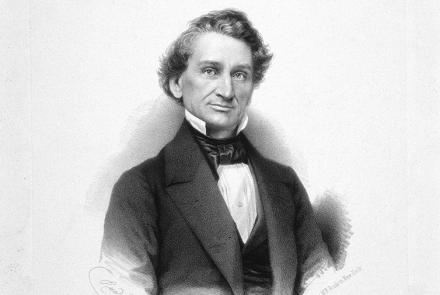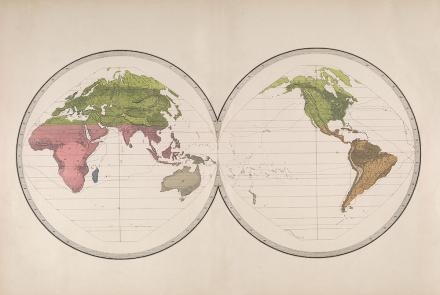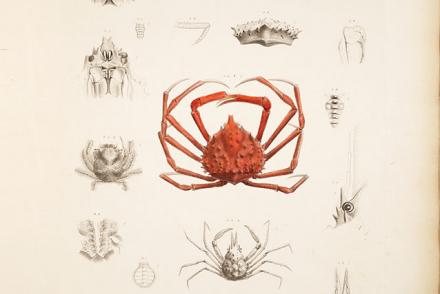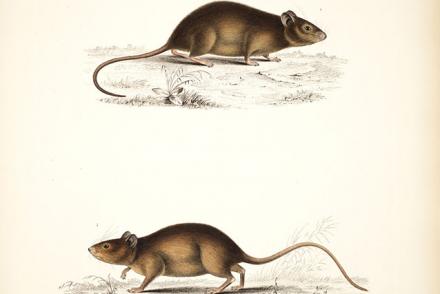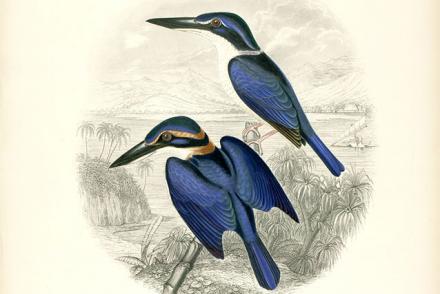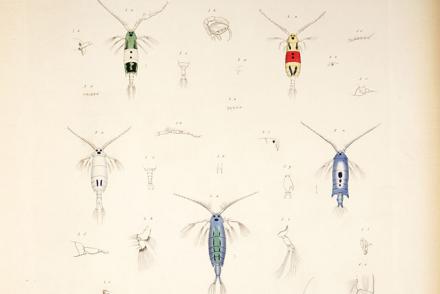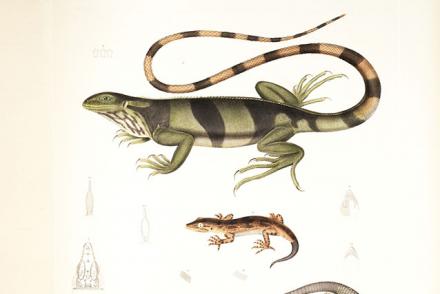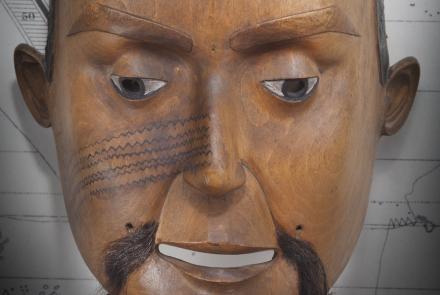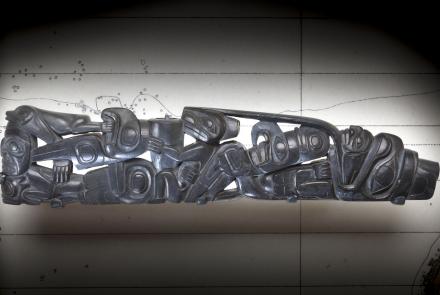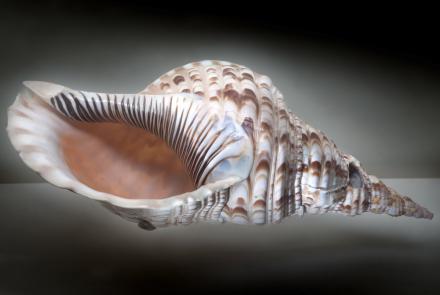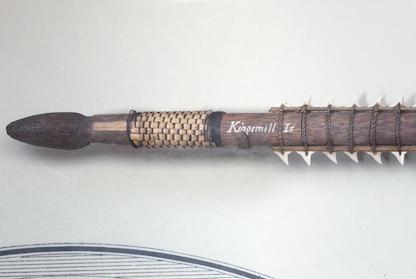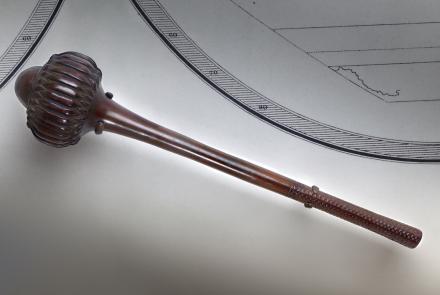The expedition included a formidable group of botanists, naturalists, artists, taxidermists, and other scientists to collect and catalog plant, animal, and cultural artifacts throughout the newly charted territories.
Referred to as the “Scientifics,” they included naturalist Titian Ramsay Peale and geologist James Dwight Dana. The scientific corps published 19 volumes on their findings. Wilkes himself contributed two volumes on meteorology and hydrology.
Collecting The World
The Wilkes Expedition returned with nearly 40 tons of specimens and artifacts, some of which are displayed in the Time and Navigation exhibition. In 1858, they were transferred to the Smithsonian Institution, where they became the foundation of the national collections.
The “Scientifics” often sketched the wildlife specimens they came across during their travels. After careful study, many specimens then became dinner! The Wilkes Expedition discovered thousands of new plant and animal species.






